Aging Well—NIA at 50
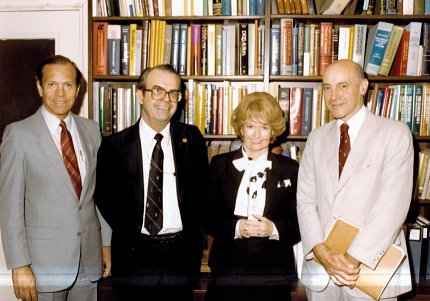
This year marks the 50th anniversary of the National Institute on Aging (NIA). Since 1974, NIA has led research on aging and the well-being of older adults, including studies on the genetic, biological, clinical, behavioral, social and economic aspects of aging. What was viewed with skepticism 50 years ago—studying aging—is today a critical part of NIH’s work to extend the healthy, active years of life.
NIA’s roots stem from founding director Dr. Robert N. Butler, who worked tirelessly to liberate the rapidly growing population from the stigmas associated with older age. Simultaneously, he increased broad awareness of age-related diseases and conditions, including Alzheimer’s disease, cementing a strong foundation for the institute.
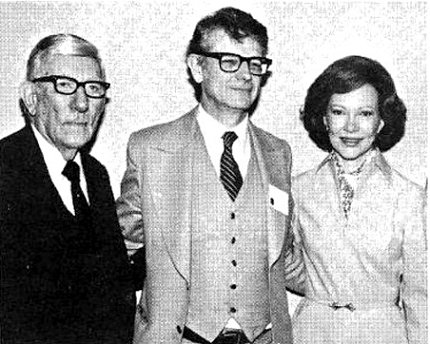
Since then, the importance of aging research has continued to increase as the aging population grows. Over the last three decades, NIA has made enormous strides in the field, and been the catalyst for positive change.
“We’ve seen the growth of cutting-edge aging research across a spectrum of molecular, cellular, behavioral and clinical sciences that’s widely recognized in the research community and reflected in high-impact findings and publications across these fields,” said Dr. Richard Hodes, who has served as NIA director for the past 31 years. “We’ve also seen the translation of research findings into clinical practice and policy to benefit quality of life for older adults and across the lifespan, as well as an increased appreciation of population diversity and individual differences relevant to healthy aging and disease outcomes.”
Hodes also noted NIA’s progress in enhancing open access to data and resources, as well as research collaborations across NIH institutes, centers and offices and with other federal agencies.
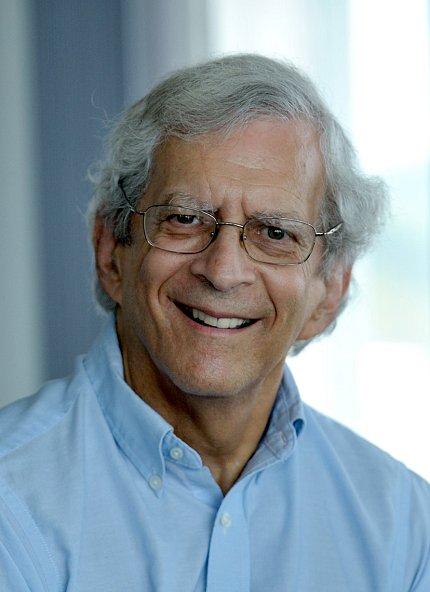
“Last but not least,” Hodes said, “I would note the advances in understanding and approaches to diagnosis and treatment of Alzheimer’s and related dementias.”
NIA Deputy Director Dr. Amy Kelley spoke to the scope of NIA’s research. “NIA has a pivotal role in improving quality of life and the health span for older adults because we support the full breadth of science from fundamental discovery related to the biology of aging up through the environmental and societal factors that impact aging and health over the lifespan,” she said.

One of the most important ways NIA has influenced changes in health care for older adults has been through supporting their inclusion in clinical studies and clinical trials, Kelley pointed out.
“NIH policy now requires inclusion of research participants across the lifespan, thus ensuring the science we support has broader applicability to all people,” she said. “In addition, NIA supports the Baltimore Longitudinal Study of Aging—the nation’s longest running scientific study of human aging—and has supported multiple large-scale clinical trials that have yielded important findings specifically for older adults.”
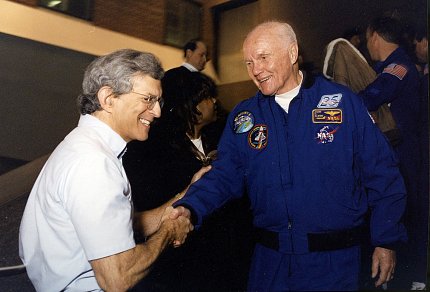
In addition to those accomplishments, Hodes said he’s proud of maintaining the commitment of NIA staff to its mission, creativity, and collegiality through a period of unprecedented growth and complexity. NIA’s budget has more than tripled over the past decade, particularly in the area of dementia research, and the institute has grown with it.
“I would also recognize NIA’s work in creating an increasingly diverse workforce with outcomes of enhanced productivity and a sense of inclusive community,” he said.
Looking ahead, what would the two leaders say to those just starting out in the field?
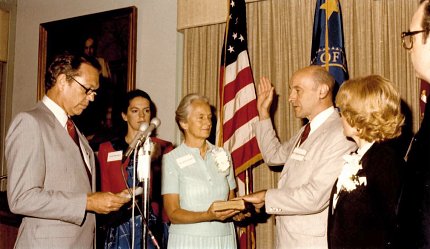
“Early-career staff bring with them new ideas and perspectives that are important to maintaining our vitality as we move into the future and are the face of the next generation of aging research,” Hodes said.
“The pace of science has accelerated and the opportunities for high-impact discovery are unprecedented,” added Kelley. “We need all of their passion, intellect and creativity to address the needs of the population we serve and maximize the positive impact biomedical research can have on the lives and well-being of older adults in the U.S. and around the world.”
To learn more about NIA’s history and 50th anniversary activities, visit www.nia.nih.gov/50years or read a Journal of the American Geriatrics Society article.
